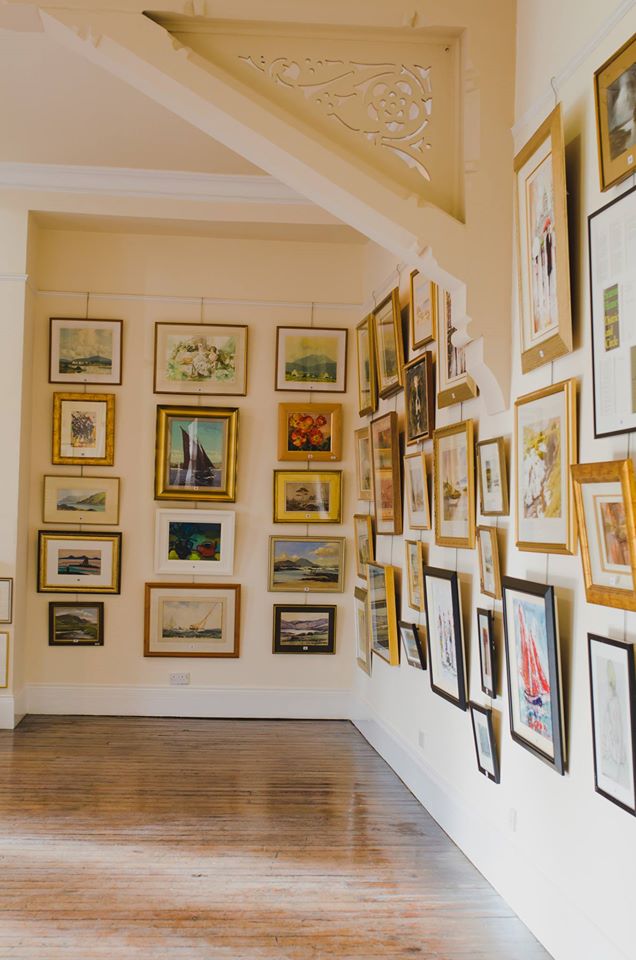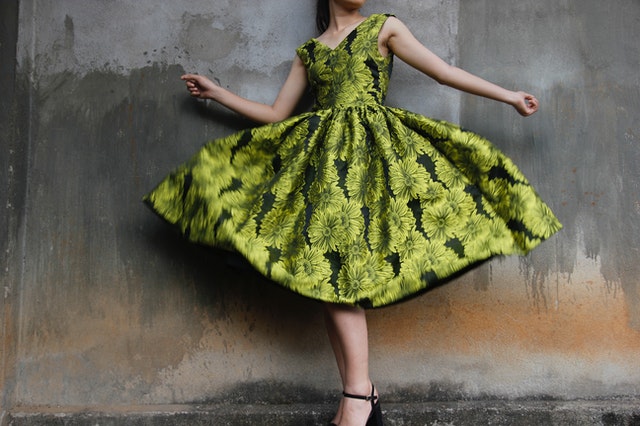For most of us, the only glimpse we’ve had at an auction is via day-time TV shows, but auctions are making a significant comeback and are an ideal place to find jewellery, furniture and other vintage items. From antique auctions in Ireland to jewellery auctions in Devon, people are putting their prized items under the hammer more and more. Here’s a quick over view of the auction process from start to finish, and what you need to be aware of if you’re thinking of clearing out the attic and selling some of your rusty family heirlooms.

Valuation and cataloguing
One of the primary roles of an auctioneer is to evaluate possessions and determine their potential value. If you consult an auctioneer, you will probably be charged a valuation fee, but the amount may be reduced or the fee may be waived if you go on to sell your item with the same auctioneer. For some items, the auctioneer may decide to enlist the help of an expert in the item’s field to more accurately assess it. If you do decide to sell the item, a description of the item will be prepared, along with a pre-sale estimate that’s reflective of the initial valuation price. The description will include key information about the object, including its size, shape, maker, and estimated selling price.
Setting a reserve
It’s important to remember that the valuation you are given is merely a guide price; if you decide to sell your item at auction, it will not be possible for the auctioneer to predict what it will sell for. How much an item actually sells for at auction is dependent on a number of variables, primarily who is in the room at the time of the sale. For instance, if you are selling a silver set that’s been valued at £400, or getting involved in a jewellery auction, your item may sell for more than its estimated value if the auction is attended by silver or jewellery lovers driving the price up, or, less than its estimated value if the buyers at auction are more interested in a different item style. If you are concerned about your item selling for considerably less than its estimated market value, you can arrange for a reserve price to be set on the item. If the bids fail to surpass the specified reserve price, the item will not be sold.
Viewing
The items will usually be prepared and readied for sale a few days before the auction; this will give potential buyers who are interested in attending the auction a chance to view what is going to be on sale. If you are selling with an internet auction, your item will be photographed and placed online for visitors to the site to view prior to the auction.
Bidding
For first-time sellers, the bidding process is usually the most daunting and intimidating aspect of the auctioneering process. At a traditional auction, bids are heard in the sale room; the potential buyers are present and can be clearly seen. The auctioneer will typically accept a raised hand as a sign that an initial bid has been made, but may ask for a nod or further confirmation from a potential buyer if the bidding continues and the price is driven up.
Telephone bidding is also possible in a sale room, and is usually utilised by individuals who cannot attend the auction.
Internet bidding is becoming incredibly popular with both auctioneers and sellers. Online bidding allows potential buyers to follow auctions in real-time via the internet and bid accordingly. Most websites will show the item being sold on the screen and put the bidding price at the side of the image; potential buyers can place their bids simply by clicking their mouse.


